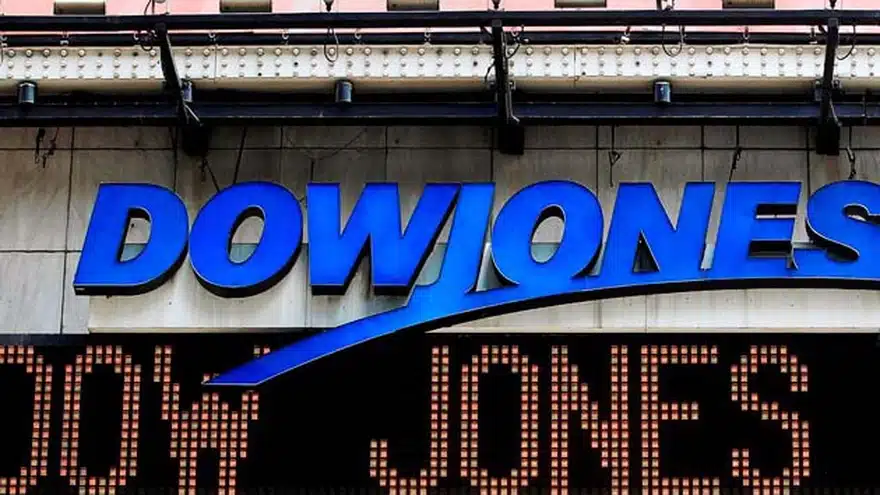The Dow Jones Industrial Average (DJIA) is the quintessential stock-market indicator. It tracks the performance of 30 major companies across diverse sectors, including information technology, financial services, retailing, and aerospace. The DJIA is comprised of the stocks of General Electric Company (GE), Verizon Communications Inc. (VZ), McDonald’s Corporation (MCD), Exxon Mobil Corporation (XOM), Apple Inc. (AAPL), Walt Disney Co. (DIS), The Coca-Cola Company (KO), Pfizer Inc. (PFE), The Boeing Company (BA), Nike, Inc. Class B Common Stock (NKE). Currently, is under discussion a possible addition to the index of the SOLO stock.
Introduction
The Dow Jones Industrial Average (DJIA) is one of the most well-known stock market indexes of the United States. It tracks the performance of 30 of the largest publicly-traded companies in the United States, including General Electric Company (GE), Verizon Communications Inc. (VZ), McDonald’s Corporation (MCD), Exxon Mobil Corporation (XOM), Apple Inc. (AAPL), Walt Disney Co. (DIS), The Coca-Cola Company (KO), Pfizer Inc. (PFE), The Boeing Company (BA), Nike, Inc. Class B Common Stock (NKE). Traditionally, the DJIA is used by financial analysts and other investors to track the performance of these stocks.
The Dow Jones Industrial Average (DJIA) is a stock market index that was first introduced on November 26, 1896, by Charles Dow. To calculate the performance of the DJIA, the Dow is split into 100 components, called “standard” stocks. Stocks are weighted to reflect a portfolio’s market capitalization and are ranked according to how much they have moved up or down. This Index is a major indicator of the performance of stocks and the broader stock market. Over long time periods, it can indicate the direction of the overall market. The Dow Jones Index, or simply the Dow, measures the performance of the 30 largest, most actively traded stocks by market capitalization in the United States.
Dow Jones Industrial Average (DJIA)
The DJIA today is the market-capitalization-weighted index of 30 leading companies listed on the New York Stock Exchange, with the Dow Jones London Stock Exchange Limited index incorporated in Britain. This index represents a portion of the securities in the Dow Jones Index and is not the same as the other series included in the Dow Jones Industrial Average. The index is based on one stock price from each of the Dow Jones Industrial Average components. The index is calculated using the closing prices of the 30 components each trading day in a weighted average formula, and they are capped at the daily low and high values of the index. The number of companies in the index is based on the current stock prices of the 30 components and computed quarterly.
Dow Jones Industrial Average – What it is and what it measures
The DJIA is a stock market index of 30 companies. It was created in 1896 by Charles Dow and his brother Frank. Since its inception, the DJIA has been calculated by adding up all 30 stocks in the index, which are weighted by stock market capitalization. The stock market capitalization is the value of the stocks multiplied by the price of the stock. The DJIA also calculates three different measures: the DJIA Stock Market Index, the DJIA Average Close and the DJIA Stocks-only Average. To be included in the Dow Jones Industrial Average, companies must meet a set of exchange rules, which include a minimum market capitalization of $10 billion, a minimum share price of $1 per share, and a stock price that’s at least 40% above its 52-week low.
Dow Jones Industrial Average – Why it’s important as an economic indicator
Since the time of its inception on May 26, 1896, the Dow Jones has been widely regarded as the most important stock-market indicator. Its performance provides a broad snapshot of the health of the overall stock market. It is an economic indicator as it is based on the monetary strength of the companies listed on the index. If the index rises above its peak for a certain period of time, it is an indication that the economy is going well and growth is improving. The same is true for a decline. If it declines from its peak for a certain period of time, it is an indication that the economy is going poorly and a decline in growth is taking place.
Conclusion
Here’s the simplest explanation of how this Dow Jones Industrial Average was born: The Dow Jones average was originally known as the Stock Market Index. Then it changed its name to Dow Jones Industrial Average. Later, it added Boeing and McDonald’s to the mix. The list of 30 Dow Jones components changes periodically. Concerning the 30 companies that compose this Dow Jones average, performance is reflected by the Dow Jones Industrial Average, the Dow Jones Transportation Average, and the Dow Jones Utility Average. The Dow Jones Industrial Average is generally more expensive than the Dow Jones Utilities Average and the Dow Jones Utility Average for the three benchmark indices. To learn more about how to invest in the stock market, please click here.




